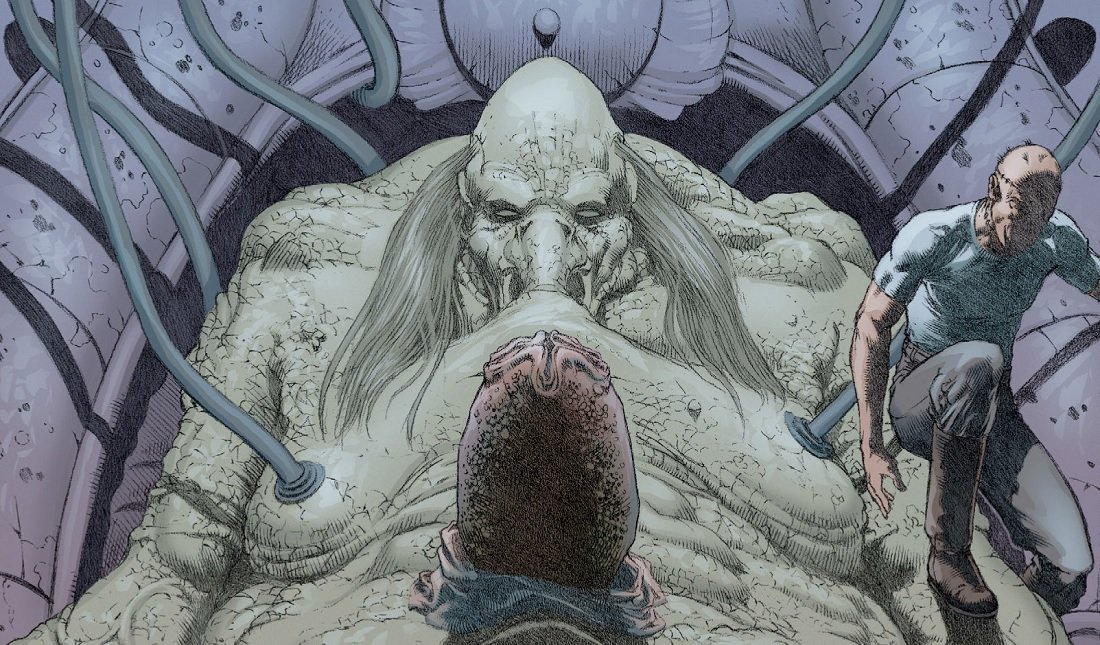- Time
- (Edited)
- Post link
A project I’ve long wanted to tackle is a reimagining of Friday the 13th. As a teen, I was a big fan of the series, particularly of the first five entries. As I grew older, I came to realize the series … wasn’t good. The original is very likely the best, and it’s still only a cynical cash-grab designed to capitalize off the success of Halloween. Still, I believe the bones of a good horror story are present beneath the putrid fat.
My reimagining of F13 would be a pentalogy, a period piece spanning the '80s. Right from the start, Jason Voorhees would be established as a supernatural being, having drowned as a child in 1957 then returned to life a year later, corrupted into a psychopathic killing machine with enhanced strength and regenerative capabilities by a dark force which lives within Crystal Lake. Jason would be the primary antagonist for the first half of the series, then he would be killed and replaced by Tommy Jarvis, who’d become possessed by the evil which inhabited Jason.
Friday the 13th: Chapter I
Set in 11-14 June, 1980. A mashup of Parts I & II, greater emphasis would be placed on characterization, particularly Alice’s, who would be revealed as a single mother who abandoned her 3-year-old daughter to the care of her parents to start her life over. The primary antagonist would be Jason, who’d wear a series of different masks to manifest different facets of his personality; his main mask would be this one:

Under this mask, he would be swift and stealthy, capable of overtaking his prey quickly and covertly. The secondary antagonist would be his mother, Pamela, who had kept him in isolation since his resurrection, trying her hardest to protect him and others from him, to diminishing returns. The film would finish with Alice setting fire to Jason and the Voorhees home, Pamela’s decapitation, and a depressing twist ending.
Friday the 13th: Chapter II
Set in/around 13 January, 1984. A loose remake of Part III, the final girl would be a fusion of Chris and Vera; Shelly would be the final boy. Jason would find/adopt his iconic goalie mask in this entry, manifesting a new personality — the brutal, lumbering Jason we’re most familiar with.
Friday the 13th: Chapter III
Set in/around 13 April, 1984. A more-or-less faithful remake of The Final Chapter. Rob would be reimagined as Alice’s brother.
Friday the 13th: Chapter IV
Set in/around 13 September, 1985. A more-or-less faithful remake of A New Beginning. Most of the patients at Pinehearst would be deaged, including Tommy, who would only be a year older than he was in the preceeding chapter. There’d be more scenes focused on Tommy, his mental deterioration, and his growing rapport with Pam. Roy wouldn’t be the killer, but rather the director of Pinehearst, Matthew, who’d be revealed at the end as a sadistic psychopath who had abused a number of kids in his care and had decided to advance to serial murder, using Tommy’s past with Jason as a cover for his crimes.
Friday the 13th: Chapter V
Set in/around 13 October, 1989. Tommy, now fully possessed by the evil he inherited from Jason, would return to Crystal Lake, renamed Forest Green in the years after the murders. Pursuing him would be his sister, Trish, who would be desperate to find him, stop him, and free him of Jason’s curse. She would meet Elias Voorhees, Jason’s very father. Elias would reveal the truth of Crystal Lake, of the evil beneath its surface which corrupted Jason and moved into Tommy following Jason’s final death. He would claim to have the key to freeing Tommy, but this would only be a half-truth. For Elias would have an ulterior motive; he would believe Jason’s spirit lives on in Tommy, ready to return to his original body, which Elias secretly saved from cremation and had buried in a secret plot…


